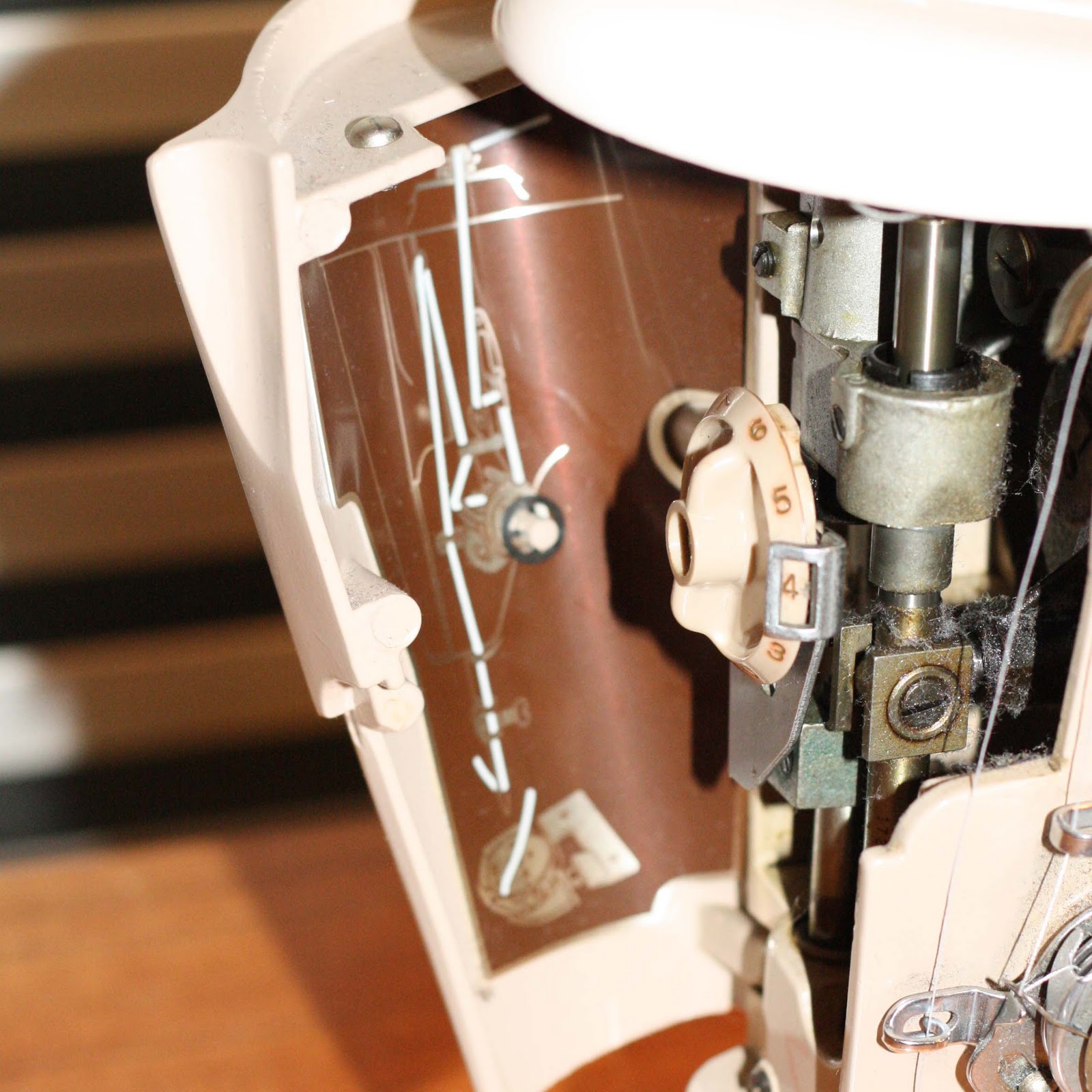The Singer Model 503A Sewing Machine features a slant shank and rotary hook. It uses Class 66 bobbins and 15x1 needles. Singer 500 Series Model Descriptions; A Card Table for the 500 Series; The 503 Manual (9.1 MB) The Back of the 503 with the carrying case in the background.
- Singer 503a Sewing Machine Review
Apr 21, 2015 - Right-click to download: Singer 500 and 503 Service Manual Note: If you are an eBay parasite who downloads free manuals and then sells $10 'electronic copies' of a file (you neither scanned, printed, or bound) to unsuspecting people, rest assured that Santa will hear about this. Singer sewing machine prices. Singer produces some excellent machines at very reasonable prices. A lightweight, basic machine with up to 36 stitches starts at under $100. These aren’t heavy-duty machines, but for light general sewing, one of these inexpensive models performs well for the price. Singer Creative Touch 1036 - People love this sewing machine and would recommend it. Online reviews love this machine. Singer Fashion Mate 237 - Additionally many people find it to be a great machine at this price. Singer Fashion Mate 239; Singer Fashion Mate 257 - Reviewers usually think is a good sewing machine. Also most people love this. Ever wondered how to use a Singer Special Disc? It's actually pretty simple! First, select the stitch pattern you want to use. There are 24 discs available for the Slant-o-Matic and early Touch & Sew machines. They are numbered 0-23, with 0 being standard zigzag and 23 being basting stitch. Next, open the lid on the top of your machine.
This is my workhorse sewing machine. I supplement her with my embroidery machine and my serger, but if I could only keep one machine, this is the one I’m keeping.
She’s a over 50 years old and I inherited her from my mom, who purchased her for $50 (cabinet included) at a garage sale.
In fact, I like her so much I have a backup model (not in a cabinet) that I got at a garage sale for $25.
She is a Singer 503 Slant-O-Matic, sometimes also referred to as a Rocketeer or a 503a.
So, why do I think you should hunt for and buy one of these old machines instead of a new one? Mostly because she can do pretty much everything a brand new machine twice (or more) her price can do and then some.
With the exception of electric motors and computerization, the mechanics of a sewing machine haven’t changed all that much since they were invented almost two hundred years ago. Now granted, she has attachments to achieve what newer machines use their computers to achieve, but I kind of prefer the mechanical attachments. They don’t give you error messages.
First, she’s all metal. Take a look at the inside:
There’s no plastic here, which means her parts don’t wear or break as easily.
See the thread path illustration on the left in the picture above? It’s more complicated than most of the new machines, and as a result I have very few tension issues. See, the more back and forth of the thread, the more loopers to put it through, the more opportunities to regulate the tension before it gets to the needle.

She comes with a variety of stitches, just like a new machine
The difference is that her stitches are tied to discs, not a computer. The disks look like this:
and they snap in and out here
The pattern of bumps around the edge of the disc translates to what the needle does, kind of like playing a record. Pretty cool, I think. These discs are the only plastic part in the machine.
Included in the cabinet when my mom bought her was the original manual and an assortment of feet and attachments.
My Rocketeer can do automatic buttonholes when I attach this piece
It goes on where the foot attaches. You take off the foot and attach this piece, press the pedal and the buttonhole sews out for you. It has metal disks in different sizes that you switch out to make different size buttonholes.
I was in college sewing on a new Brother machine before I learned how to make 4-step machine buttonholes because this attachment spoiled me.
She also came with two ruffler attachments. They’re both the same, one was just a spare I guess.
It doesn’t look too different from a modern day ruffler, does it? It works the same way; you attach it instead of the regular foot and she’ll ruffle away.
So, she straight stitches and zig-zags and does multiple other stitches with perfect tension, she can do automatic buttonholes and ruffle just by pressing the pedal. Why would I even think of replacing her?
Seriously, between my mom and I we own 5 of these older Singer machines (the 300 and 400 series machines were also great, these were made in the 1940s and 1950s). We can’t help but compulsively buy them when we see them, saying they’re for “spare parts”. But who needs spares when the originals don’t wear out? (OK, but don’t tell my dad or Hubby that. We need them to believe the spare parts argument in order to feed our vintage machine addiction).
Singer 503a Sewing Machine Review
If you ever see one in working condition, BUY IT. Unless I see it first, then back off.
